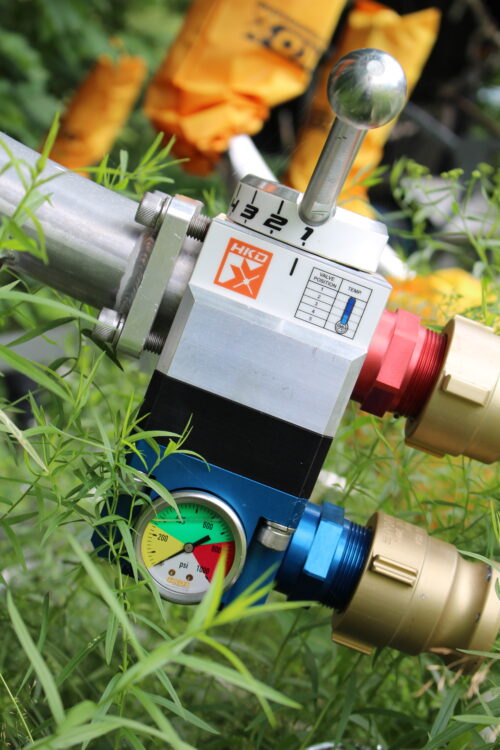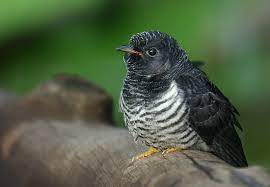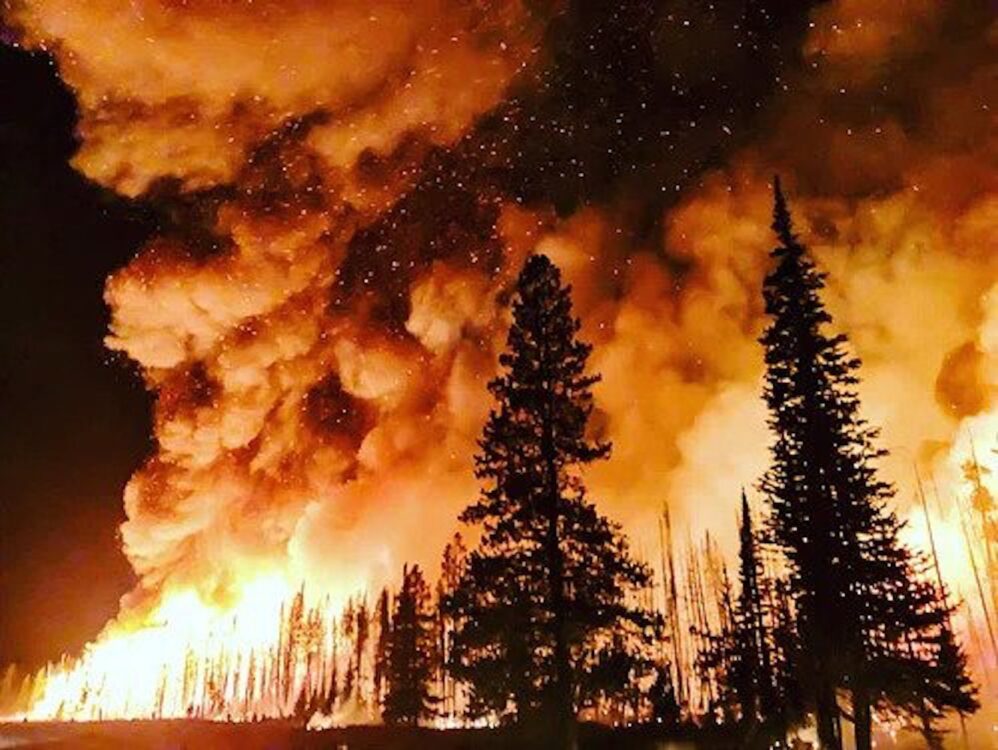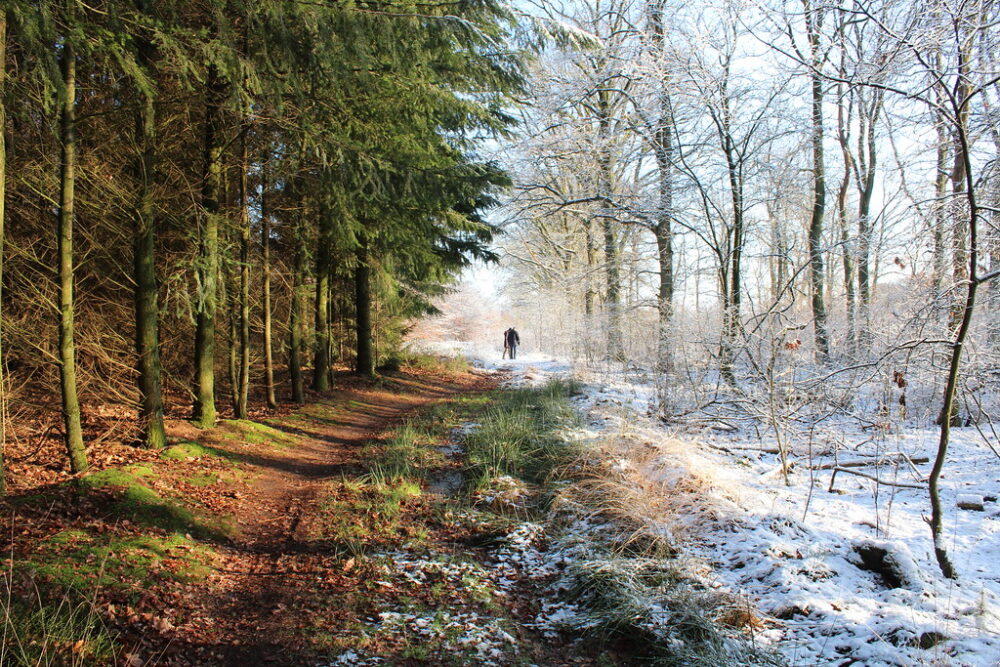A mass extinction and a floral explosion: Paleobotany in a post-dinosaur world
It is difficult to study evolutionary biology in the modern academic setting without the mention of dinosaurs and their demise. What is often lacking from the discourse in paleontology and its surrounding disciplines, however, is the continuous change in our understanding of the subject. In a recent study, Jamie B. Thompson, Santiago Ramirez-Barahona, and a […]
A mass extinction and a floral explosion: Paleobotany in a post-dinosaur world Read More »








